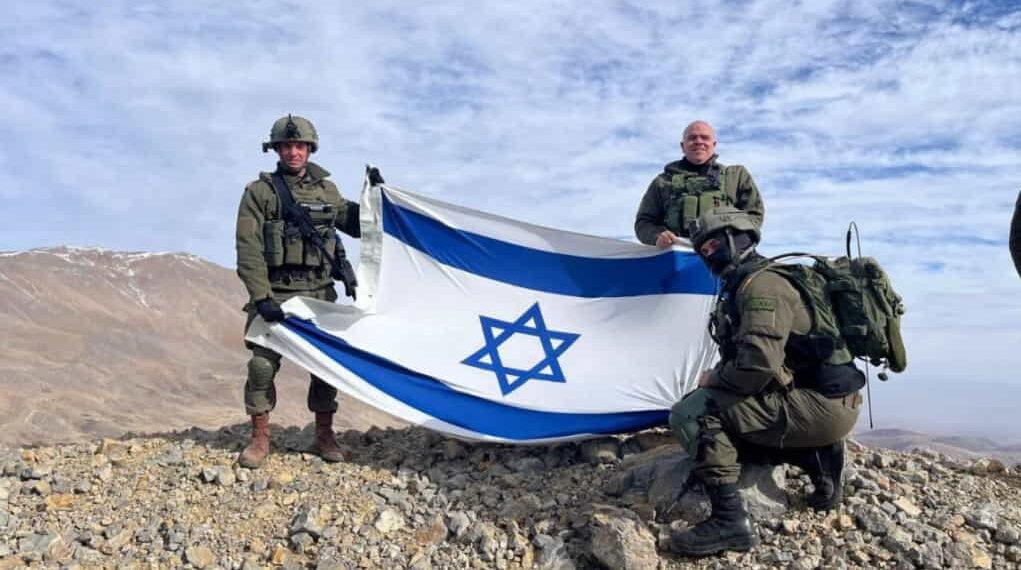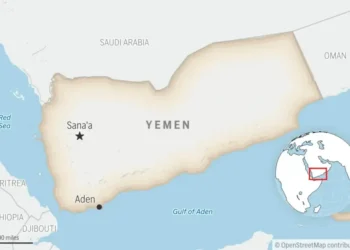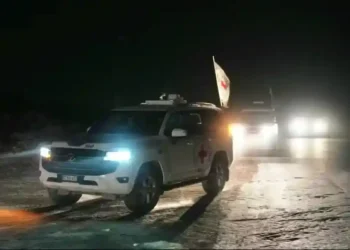Why Israel Seized Mount Hermon Just Hours After Assad’s Fall
In a bold and strategic move following the fall of Bashar al-Assad, Israel swiftly targeted nearly 500 Syrian military assets. Among these strikes, the capture of Mount Hermon’s summit stands out as a potentially long-lasting gain. While Israeli officials have described the occupation as temporary, the strategic value of the summit is undeniable.
Strategic Importance of Mount Hermon
Mount Hermon, the highest peak in the region at 9,232 feet (2,814 meters), offers unmatched strategic advantages. Overlooking Lebanon, Syria, and Israel, it provides a critical vantage point for military operations and surveillance. “This is the highest place in the region,” said Efraim Inbar, director of the Jerusalem Institute for Strategy and Security (JISS). “There is no substitute for mountains.”
Until recently, the summit lay in a demilitarized buffer zone patrolled by UN peacekeepers. However, the power vacuum created by Assad’s fall prompted Israel to act decisively. By securing the summit, Israel gains advanced surveillance capabilities deep into Syrian territory, enabling early-warning systems to detect potential threats.
Winter Deployment and Regional Tensions
Acknowledging the harsh winter conditions, Israel’s Defense Minister Israel Katz directed the military to prepare for extended deployment on Mount Hermon. “Due to developments in Syria, it is of immense security importance to maintain our control over the summit,” Katz stated. The move underscores Israel’s commitment to safeguarding its borders and preventing hostile forces from exploiting the situation.
The Israel Defense Forces (IDF) have reportedly advanced beyond the summit to Beqaasem, approximately 25 kilometers from Damascus. While these claims remain unverified by independent sources, the strategic implications are significant. Controlling Mount Hermon and its surrounding foothills places Damascus within range of Israeli artillery.
Historical Context: Golan Heights and Beyond
Israel’s occupation of Mount Hermon builds on its control of the Golan Heights, a plateau seized during the 1967 Six-Day War and later annexed in 1981. Despite international condemnation, including UN declarations deeming the occupation illegal, the United States recognized Israeli sovereignty over the Golan Heights during the Trump administration. Mount Hermon’s peak, however, remained in Syrian territory until now.
For decades, Israel has maintained control over some of Mount Hermon’s lower slopes, even operating a ski resort there. The recent occupation of the summit marks a significant expansion of its territorial control, raising questions about the long-term geopolitical implications.
Military and Technological Advantages
Mount Hermon’s elevation offers unparalleled opportunities for electronic surveillance. Inbar emphasized the mountain’s value in providing early-warning capabilities against potential attacks. “Land is important,” he noted, countering arguments that modern missile technology diminishes the need for territorial control. Unlike airborne surveillance, which can be shot down, ground-based installations on Mount Hermon can support heavy equipment such as large antennas, enhancing Israel’s defensive posture.
Israel’s Stance: Security First
Prime Minister Benjamin Netanyahu has consistently framed Israel’s actions in Syria as defensive. “We have no intention to intervene in Syria’s internal affairs,” he stated, “but we certainly intend to do everything necessary to take care of our security.” Following the October 7 attacks, Netanyahu has been particularly resolute in preventing any group from exploiting Syria’s instability to threaten Israeli communities.
While Netanyahu insists the occupation of Mount Hermon is temporary, he has outlined clear conditions for withdrawal. Israel’s military presence will remain until a stable Syrian force committed to the 1974 agreement ensures security on the border.
Looking Ahead
The timeline for Israel’s withdrawal remains uncertain. Retired Brigadier General Israel Ziv highlighted the necessity of Israel’s actions, citing the risks posed by terror groups capturing advanced military equipment. Meanwhile, Inbar noted that any decision to withdraw is ultimately political, despite the military’s preference to retain control of such a strategic asset.
For now, Mount Hermon’s summit represents not only a tactical advantage but also a symbol of Israel’s determination to secure its borders amidst the ongoing instability in Syria. The long-term implications of this occupation will likely shape the region’s geopolitical landscape for years to come.
This article was rewritten by JournosNews.com based on verified reporting from trusted sources. The content has been independently reviewed, fact-checked, and edited for accuracy, neutrality, tone, and global readability in accordance with Google News and AdSense standards.
All opinions, quotes, or statements from contributors, experts, or sourced organizations do not necessarily reflect the views of JournosNews.com. JournosNews.com maintains full editorial independence from any external funders, sponsors, or organizations.
Stay informed with JournosNews.com — your trusted source for verified global reporting and in-depth analysis. Follow us on Google News, BlueSky, and X for real-time updates.













